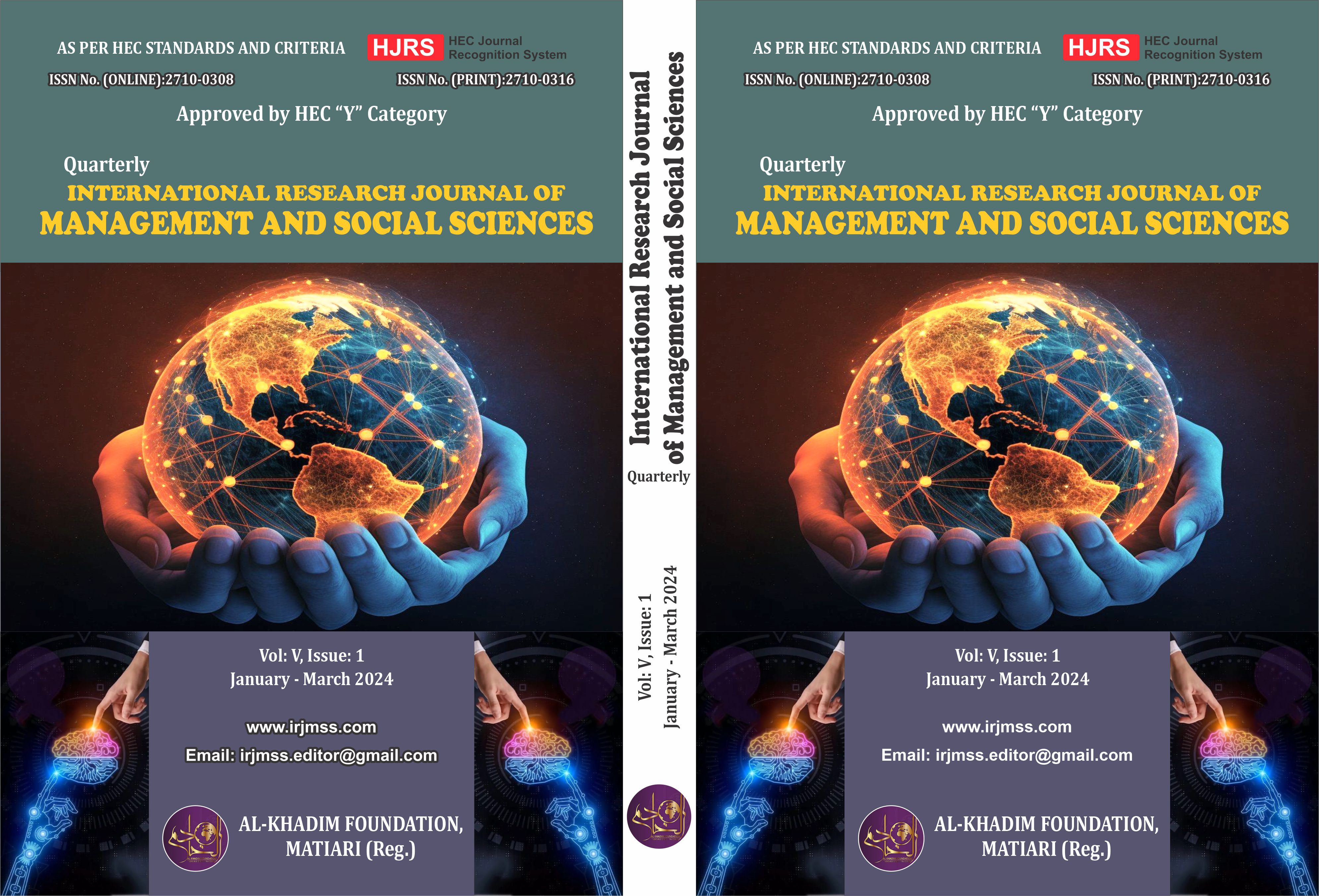Comparison Between Online Learning and Face to Face Learning
Keywords:
Online learning, Face to face learning, PDF, Digital booksAbstract
Nowadays, where there is industrial development, there is also a revolution in the educational field; instead of textbooks, PDF digital textbooks are coming. Students are learning online, even if the exam is being done online. The purpose of this research was to compare online and face to face learning to examine which one has more learning and which one has more activity. For this purpose, data was collected from the students enrolled in the universities of Lahore. Data was collected from 28 students through purposive sampling. This data was taken on a 5-point Likert scale, and then the data was entered into SPSS and analyzed with mean, standard deviation and t-test. It was concluded that students prefer face to face learning learning over online learning. However, the trend of female students was seen as positive on both sides. Students face considerable difficulties in online learning, mainly due to the digital infrastructure. Internet speed is very poor in most places; it is suggested that digital infrastructure should be improved in Pakistan. Students don't have good mobile phones or tablets; the government should abolish taxes on tablets and provide cheap tablets to students to promote online learning. Quality of digital materials. should be promoted, books should be properly scanned and converted into PDF, and teachers should also be trained.
References
Allen, I. E., & Seaman, J. (2013). Changing course: Ten years of tracking online education in the United States. Sloan Consortium. PO Box 1238, Newburyport, MA 01950.
Bray, N.J., Harris, M.S., & Major, C. (2007). New verse or the same old chorus: Looking holistically at distance education research. Research in Higher Education, 48, 889-908
Brown, B.W., & Leidholm, C.E. (2002). Teaching microeconomic principles. American Economic Review, 92, 444- 448.
Brown, B.W., & Leidholm, C.E. (2002). Teaching microeconomic principles. American Economic Review, 92, 444- 448.
Cohen, A. (1999). Instructional technology and distance learning through the internet. Education Media International, 36(3), 218-229.
Cybinski, P., & Selvanathan, S. (2005). Learning experience and learning effectiveness in undergraduate statistics: Modeling performance in traditional and flexible learning environments. Decision Sciences Journal of Innovative Education, 3(2), 251-271.
Daymont, T., Blau, G., & Campbell, D. (2011). Deciding between traditional and online formats: Exploring the role of learning advantages, flexibility, and compensatory adaptation. Journal of Behavioral and Applied Management, 12(2), 156.
El Mansour, B., & Mupinga, D. M. (2007). Students ‘positive and negative experiences in hybrid and online classes. College student journal, 41(1).
Figlio, D.N., Rush, M., & Yin,L. (2010). Is it live or is it internet? Experimental estimates of the effects of online instruction on student learning. Working paper 16089, National Bureau of Economic Research, Cambridge, Ma.
Gratton-Lavoie, C., & Stanley,D. (2009). Teaching and learning principles of micro economics online: An empirical assessment. Research in Economic Education. Winter, 3-25.
Lanier, M.M. (2006). Academic integrity in distance education. Journal of Criminal Justice Education, 17, 244-261.
McGreal, R., & Elliott, M. (2008). Technologies of online learning (e-learning). Theory and practice of online learning, 115.
Means, B., Toyama, Y., Murphy, R., Bakia, M., & Jones, K. (2010). Evaluation of evidence based practices in online learning: A Meta analysis and review of online learning studies. Washington: US Department of Education.
Moten, J. Jr., Fitterer, A., Brazier, E., Leonard, J. & Brown, A. (2013). Examining online college cyber cheating methods and prevention measures. The Electronic Journal of e-Learning, 11, 139-146.
Parsons-Pollard, N., Lacks, T.R., & Grant, P.H. (2008). A comparative assessment of student learning outcomes in large online and traditional campus based introduction to criminal justice courses. Criminal Justice Studies, 2, 225-239.
Russell, T. L. (1999). No significant difference: A comparative research bibliography on technology for distance education. Raleigh, NC. North Carolina State University.
Seke, M. M. (2020). Would we Be able to absorb the new normal brought by COVID-19 as another educational revolution?. International Journal of Advanced Corporate Learning, 13(4).
Singh, J., Steele, K., & Singh, L. (2021). Combining the best of online and face-to-face learning: Hybrid and blended learning approach for COVID-19, post vaccine, & post-pandemic world. Journal of Educational Technology Systems, 50(2), 140-171.
Smart, K. L., & Cappel, J. J. (2006). Students’ perceptions of online learning: A comparative study. Journal of Information Technology Education: Research, 5(1), 201-219.
Sumbawati, M. S., Basuki, I., Ismayati, E., & Rijanto, T. (2020, November). Student Learning Independence in Online Learning Depends on Motivation. In International Joint Conference on Science and Engineering (IJCSE 2020) (pp. 342-347). Atlantis Press.
Thomson, D. L. (2010). Beyond the classroom walls: Teachers’ and students’ perspectives on how online learning can meet the needs of gifted students. Journal of Advanced Academics, 21(4), 662-712.
Wachenheim, C. (2009). Final exam scores in introductory economics courses: Effect of course delivery method and proctoring. Review of Agricultural Economics, 31, 640-652.






